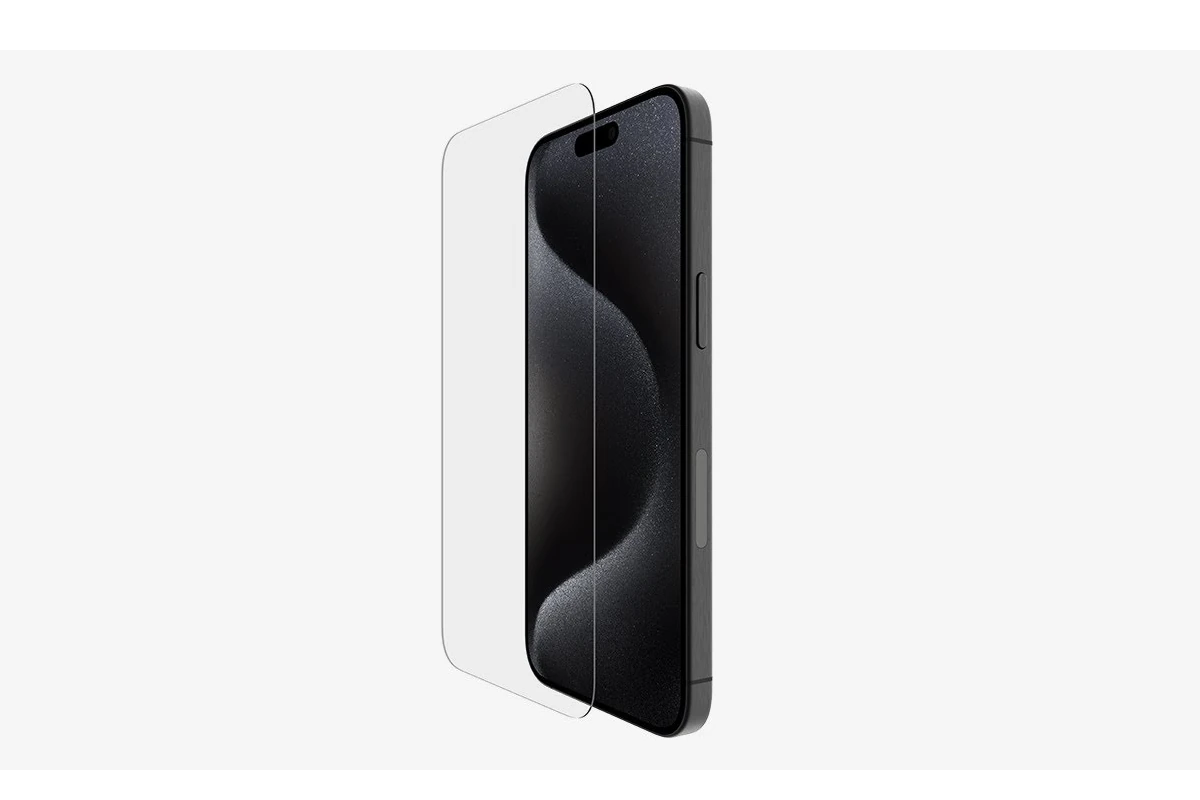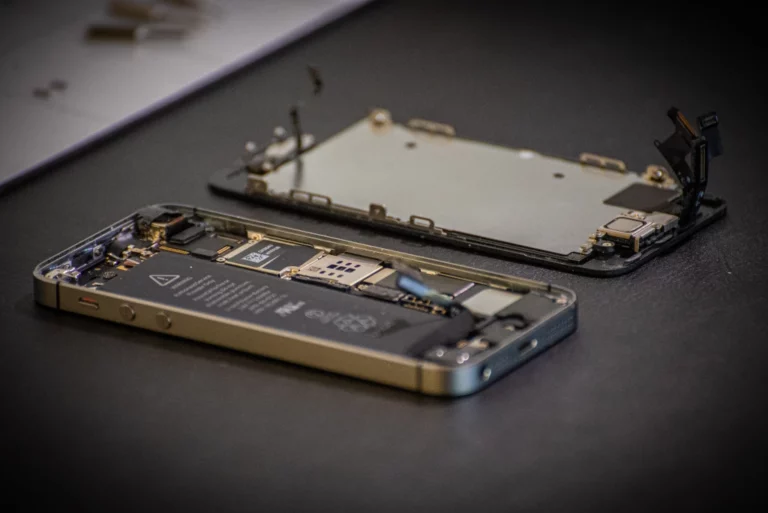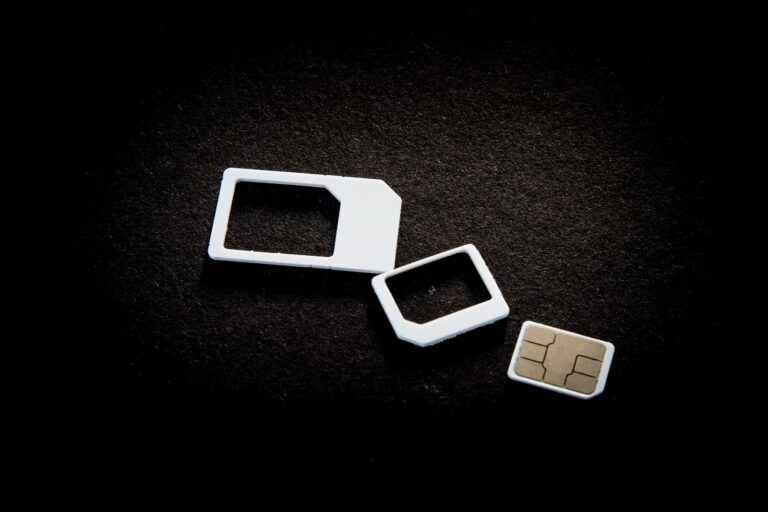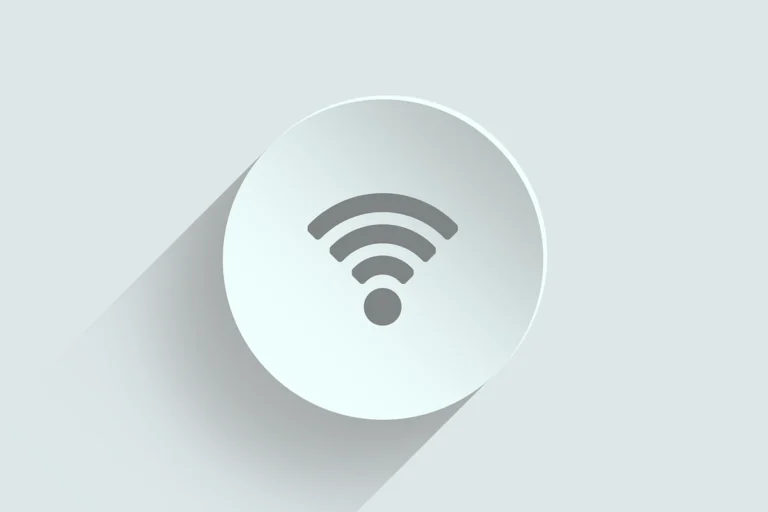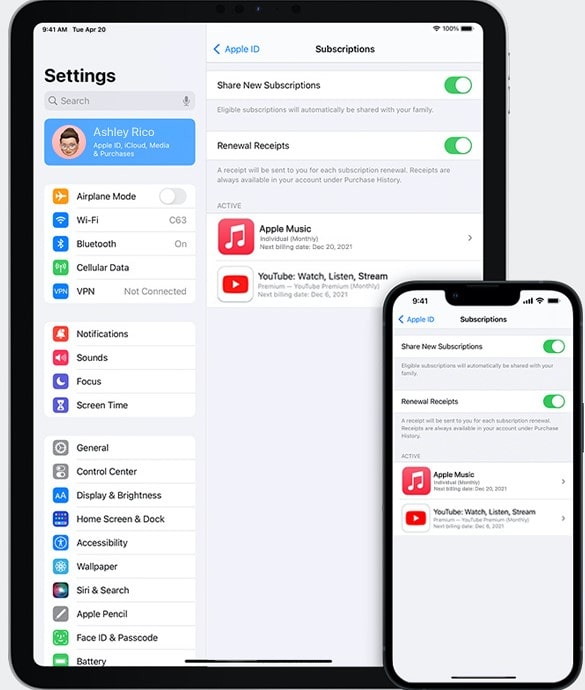Tempered glass screen protectors are a popular choice for safeguarding the displays of mobile phones. They provide a strong shield that can absorb impact and resist scratches, helping to keep the original screen intact. Unlike regular glass, tempered glass undergoes a heat treatment process that makes it much tougher and less prone to breaking. This durability is a key feature that makes it an excellent protector for the sensitive and often expensive screens of modern smartphones.
When selecting a tempered glass screen protector, it’s important to consider its hardness rating, which indicates how well it can withstand scratches. Most screen protectors on the market fall within the 5H to 9H hardness range, with 9H being the hardest available. This scale references the ability of the material to resist scratches from harder materials. Another advantage of tempered glass protectors is the clarity they offer, allowing for high visibility of the phone display without compromising on protection.
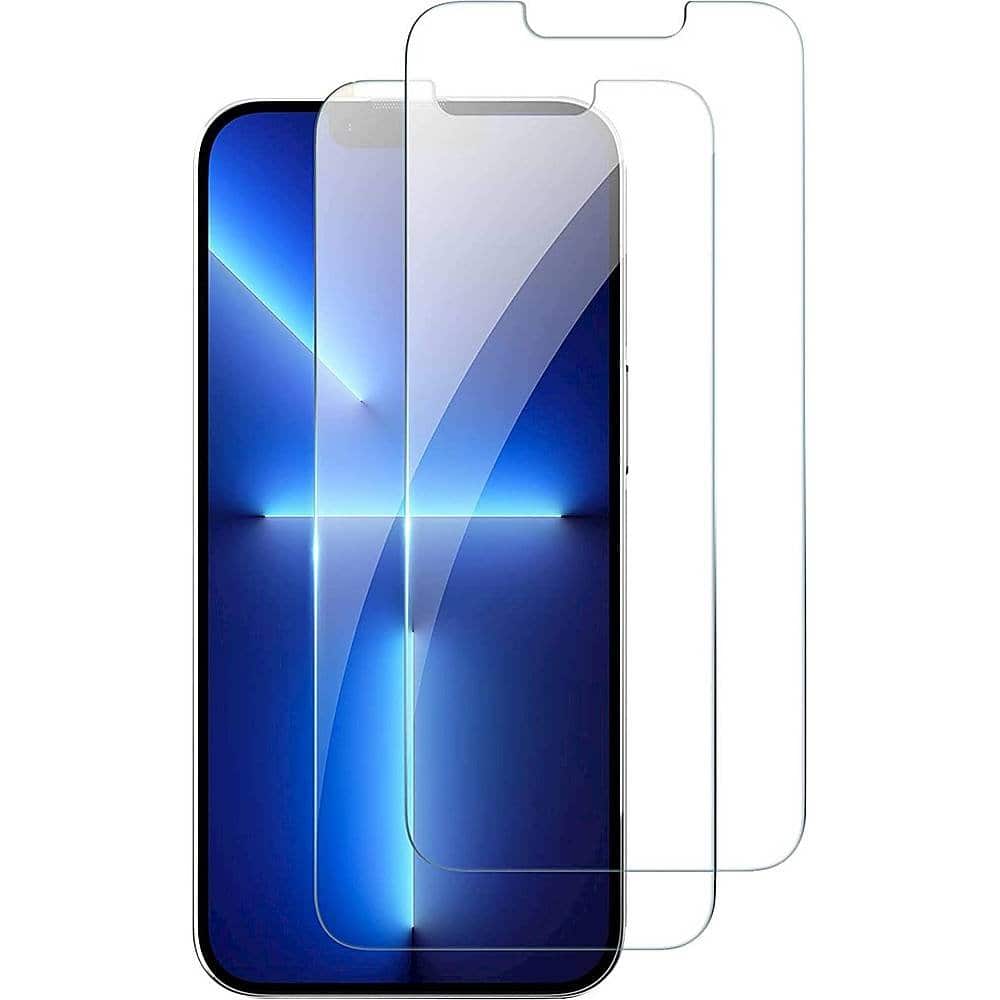
What Is A Tempered Glass Screen Protector and How Does It Work?
A tempered glass screen protector is a specially treated layer of glass designed to protect your smartphone, tablet, or other device screens from scratches, cracks, and other damage. It acts as a sacrificial barrier that absorbs impacts and prevents damage to the actual device screen underneath.
What Is Tempered Glass?
Tempered glass is ordinary glass that has undergone a heat treatment process to increase its strength and durability. During manufacturing, the glass is heated to a high temperature and then rapidly cooled. This process creates a toughened surface that is much stronger than regular glass and more resistant to impacts and scratches.
Features of Tempered Glass Screen Protectors
- Durability: Tempered glass is significantly more resistant to cracks and scratches compared to plastic or liquid screen protectors.
- Clarity: It maintains the original screen’s brightness and clarity, ensuring a smooth and clear viewing experience.
- Touch Sensitivity: High-quality tempered glass protectors preserve the touchscreen’s responsiveness without any lag.
- Oleophobic Coating: Many tempered glass protectors come with an oil-repellent coating that reduces fingerprints and smudges.
- Easy Installation: They are relatively straightforward to apply and can be replaced without damaging the device screen.
How Does It Work?
- Impact Absorption: When your device is dropped or hit, the tempered glass protector absorbs and disperses the force of the impact, reducing the chance of the actual screen cracking.
- Scratch Protection: The hard surface of tempered glass resists scratches from keys, coins, and other sharp objects.
- Shatter Protection: If the protector itself breaks, it shatters into small, blunt pieces rather than sharp shards, minimizing injury risk.
Why Choose Tempered Glass Over Other Protectors?
- Compared to plastic protectors, tempered glass offers superior protection and clarity.
- Unlike liquid screen protectors, tempered glass provides a physical barrier that can withstand drops and significant impacts.
- It preserves the sleek look and smooth feel of your device’s original screen.
For a deeper dive into the technology and benefits of tempered glass screen protectors, you can check out detailed guides such as Tech Review Advisor and SUPCASE’s complete guide.
Key Takeaways
- Tempered glass screen protectors are stronger than regular glass and offer high resistance to impacts and scratches.
- The hardness of a screen protector is measured on a scale, with 9H being the highest level of scratch resistance available.
- For optimal use, it’s essential to consider factors like hardness, clarity, and the proper application method of the screen protector.
Tempered Glass Properties and Advantages
Tempered glass offers strong protection for phone screens with added benefits. It balances toughness with clarity to keep devices safe and easy to use.
Material Composition and Strength
Tempered glass, a type of safety glass, is processed by controlled thermal treatments to increase its strength. The process makes it harder than regular glass. With a rating of 9H hardness on the Mohs scale, it’s highly resistant to scratches that could come from keys or other sharp objects.
Impact Protection and Durability
This glass protector can take a hit and help prevent a phone’s actual screen from cracking or getting damaged. Its durability comes from a manufacturing process that creates a balance between surface tension and internal stress. This means it’s more likely to shatter into small, less sharp pieces than ordinary glass if it does break, which offers a safety advantage. The edges are often reinforced to prevent chipping.
Screen Clarity and User Interaction
The optical clarity of tempered glass ensures a screen’s brightness and color are not altered. It feels smooth to the touch and improves finger glide for touch sensitivity. An oleophobic coating keeps fingerprints and smudges at bay, maintaining a clean display that’s easy on the eyes and responsive to touch.
Choosing and Applying Screen Protectors
Selecting the right screen protector and applying it properly can extend the life of your device’s screen. It can also maintain touch sensitivity and keep clarity high.
Types and Compatibility
When choosing a screen protector, consider the material and phone model. Tempered glass protectors, such as those by Zagg and amFilm, offer a hard layer that defends against scratches and minor drops. They’re clear and mimic the feel of the actual phone screen. Plastic film protectors, like PET or TPU (thermoplastic polyurethane), are thinner but offer less impact protection. Compatibility is key, so check the product listing to ensure it fits your specific device, whether that’s an iPhone 13 Pro Max or an iPhone SE.
Installation Process
To apply a screen protector, start with a clean workspace. Use a microfiber cloth to remove all dust and smudges from your phone screen for a clean application. Follow these steps:
- Wash your hands to remove oils.
- Align the protector with the phone screen.
- Slowly peel the backing to reveal the adhesive section.
- Place the protector down from one end to the other.
- Press out any air bubbles.
Some brands like Spigen and OtterBox provide additional tools and guides to assist in alignment.
Care and Maintenance
To maintain the screen protector’s effectiveness, clean it regularly. A soft cloth can remove fingerprints and smudges. Avoid hard cleaners that could damage the adhesive or the oleophobic coating, which helps keep oil and fingerprints at bay. If the protector cracks or peels, replace it to ensure your phone screen remains protected. Remember that screen protectors are an additional layer, not a replacement for a durable case, which can provide more comprehensive protection for your device.
Frequently Asked Questions
This part of the article addresses common questions about tempered glass screen protectors. It helps you understand their benefits and how they compare to other types.
What are the advantages of using a tempered glass screen protector?
Tempered glass protectors are tough. They resist scratches and absorb shock, which helps keep your phone’s screen safe.
How does a tempered glass protector differ from a plastic film protector?
Tempered glass is thicker and sturdier than plastic film. It feels more like the original screen to the touch.
What makes tempered glass protectors more effective than other types?
They have multiple layers including silicone and an anti-scratch surface. These layers provide better impact protection.
Are there any significant differences between tempered glass and full coverage glass protectors?
Full coverage glass protectors are tailored to fit the entire front of the phone. They offer more complete protection than standard tempered glass options.
Which screen protector offers better resistance to scratches and impacts: silicone or tempered glass?
Tempered glass typically fares better against scratches and impacts than silicone protectors.
What should be considered when choosing the best screen protector for an Android device?
One should consider the protector’s thickness, hardness, and how well it fits the screen. The level of protection needed is also important.

